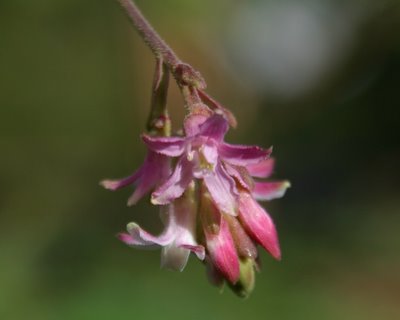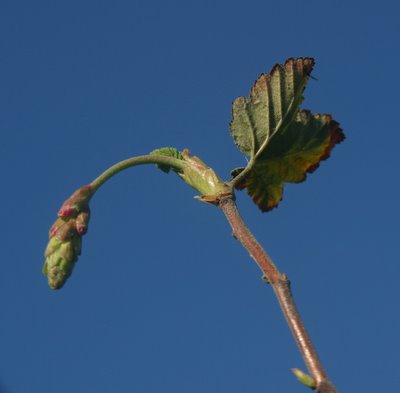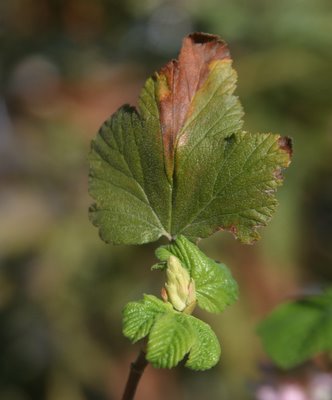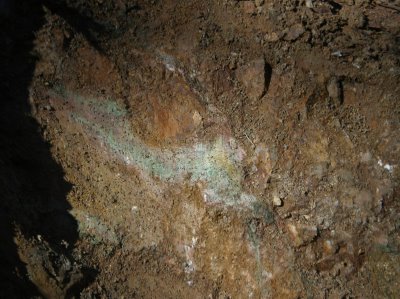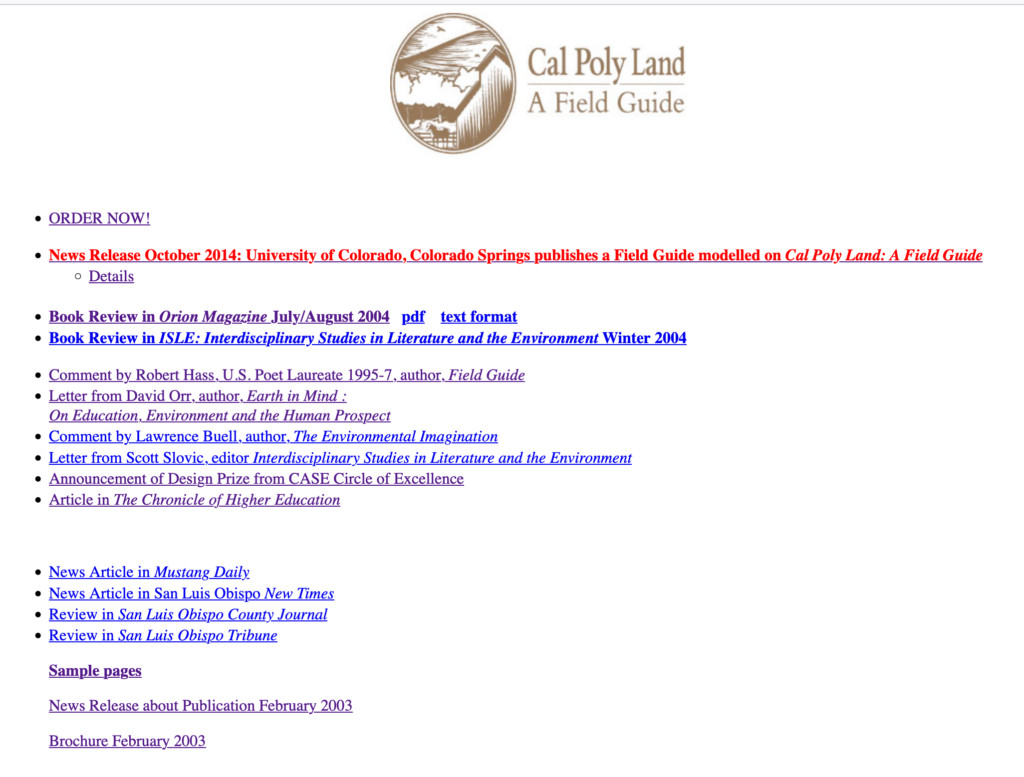Love Among the Pinnipeds
Friday, January 20th, 2006I’m sitting in an easy chair in an Oakland Starbucks, wireless blogging for the first time. We drove from San Luis Obispo this morning so Jan could meet a client in a retirement home across the street and go to an all-day workshop on estate planning in San Francisco tomorrow. By coincidence this place is also the residence of an old friend who’s had several strokes. We’ve planned dinner with her and her daughters tonight. When they were aged 2 and 4 in 1964, I was a graduate student and lonely lodger in their home. This is a familiar neighborhood. Half a block away is the apartment I inhabited for two months in 1989 while attending a National Endowment for the Humanities Summer Seminar at Berkeley, again as a lonely lodger.
Yesterday’s Nature Explorers took us to the Piedras Blancas Elephant Seal viewing area a few miles north of San Simeon and Hearst Castle. According to the Central Coast Friends of the Elephant Seals, this is the venue of “Mother Nature’s Big Show.” They dont exaggerate. Here one can witness the life force at work on a grand scale.
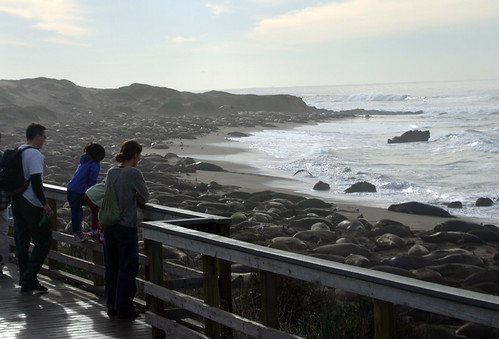
In a grayish-brown mass blending with the sand, thousands of bloated bodies lie packed on the mile-long beach, looking at first like the victims of a vast kill left behind by the tide. But the air is alive with shrieks, croaks and clicks emanating from what a closer look reveals as bubbling activity. With handlike flippers, fat loungers toss puffs of sand onto their backs. Glistening black babies cry for their mothers and jockey for space at teats on smooth ovoid bellies.
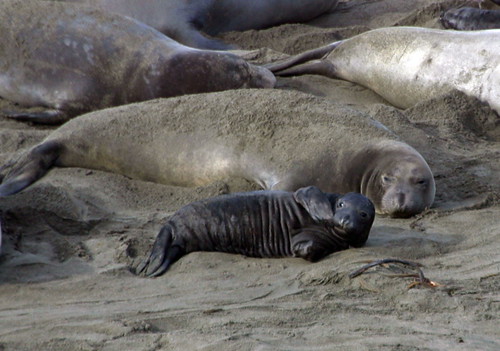
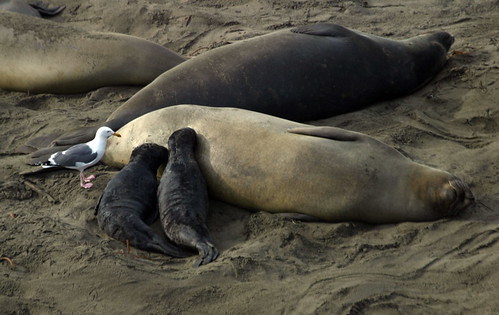
Mothers scream desperately to locate their offspring in the shuffling press. Young females arch skyward and howl, displaying bright pink mouths and sharp teeth. Pairs of juvenile males do push-ups with their foreflippers and face off with bobs and taunts. Mountainous old males erupt into motion, crash through the crowd, and scatter their junior rivals. Inamongst all this fierce and tender clatter gulls, jays and crows stand silently in attendance.
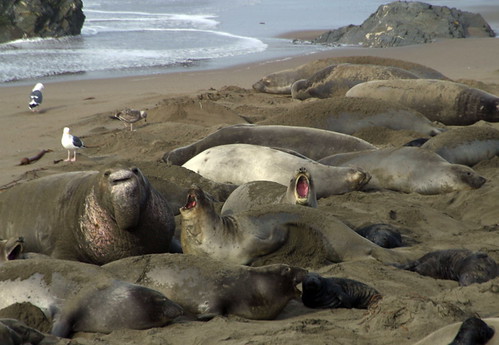
A couple of weeks ago in Ecolit class, I’d read aloud the creation poem from the opening chapter of Genesis. Here was day three:
And God said, Let the waters bring forth abundantly the moving creature that hath life, and fowl that may fly above the earth in the open firmament of heaven. And God created great whales, and every living creature that moveth, which the waters brought forth abundantly, after their kind, and every winged fowl after his kind. and God saw that it was good. And God blessed them, saying, Be fruitful, and multiply, and fill the waters in the seas, and let fowl multiply in the earth.
Despite the biblical blessing and my own reverence for biodiversity, I had second thoughts about the abundance and fertility of these creatures–their cacaphonous noise, the awful smell of their fish breath, their huge size, grotesque faces, clumsy movements, and the sheer numbers of their offspring. Not long ago, the Elephant Seal, Mirounga angustirostris was driven nearly to extinction by the market for its blubber, which supplied fuel oil from living rather than fossilized creatures. But now, as a result of the 1972 marine mammal protection act, their population has dramatically rebounded and they claim more central coast beaches amid complaints about their depleting local fishstocks.
Our group made its way to the end of the boardwalk and stopped at one place long enough to start distinguishing activities and individuals among the seething mass immediately in front of us. Near the edge of the water someone pointed out that a pup had just been born. There was the large male, the half-sized female, and in front of her the new baby still covered with remains of the amniotic sac.

We watched as, like a mother cat, she licked the prostrate infant into shape.

Suddenly a flurry of screaming seagulls surrounded the mother and child blocking them from view.
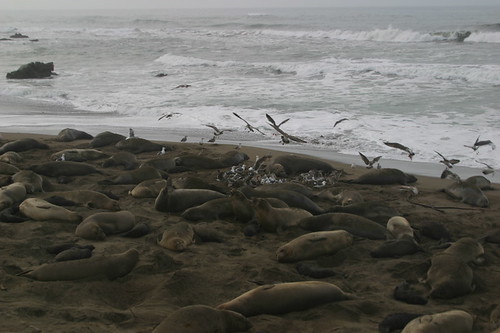
Could they be mobbing the baby, attempting to devour the new life? As they settled down, what was happening became clear. They were pulling and picking at slimey red strands of placenta that the mother had just delivered, cleaning up the beach, celebrating a birthday. Creatures of the sea and fowls of the air were brought forth on the same day.
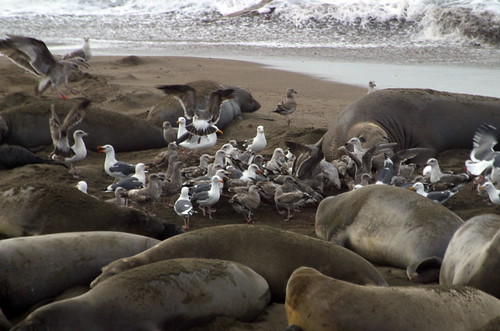
A sign at the parking area noted that one month after giving birth on this beach, females were ready to conceive for a second time during the winter mating season.
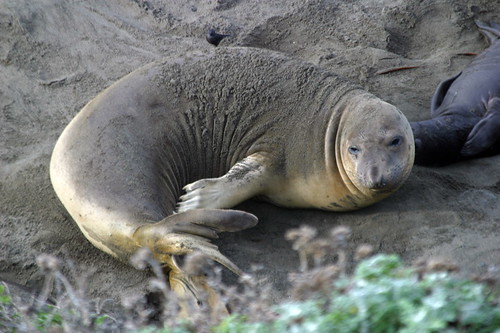
Just below us on the boardwalk, a young silver-colored beauty with blue eye shadow posed and wiggled her tail, provoking a reaction from a nearby juvenile male.
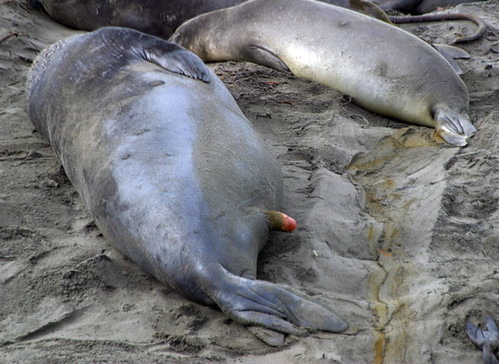
He sidled on over, placed a companionable flipper on her hip, and with half-lidded eyes did something that caused her to laugh.
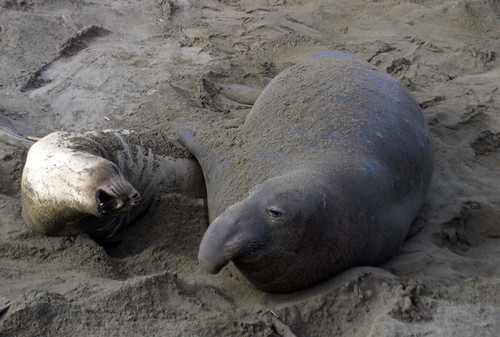
One thing led to another and soon they amiably hooked up.
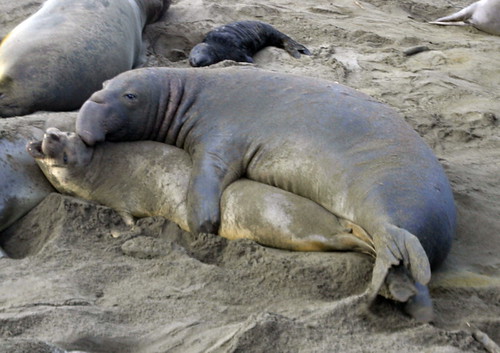
Undeterred by lack of privacy, they lay together peacefully for a long time, occasionally trembling or shifting positions.
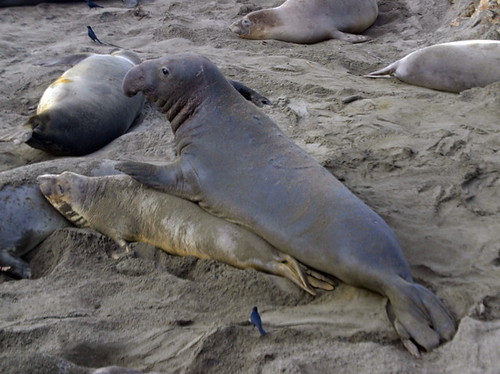
Suddenly, the male jumped off his mate as if shocked with an electric prod and shuffled speedily up the beach. From the opposite direction, a scar-chested warlord gallumpfed toward us, plowing a thick furrow in the sand. He landed heavily by an adjoining female, put his arm around her waist and pulled her close.
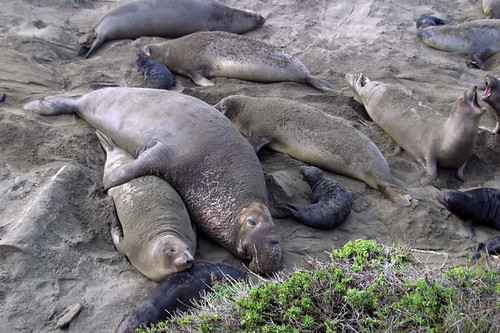
The new couple snuggled and quivered for several minutes before the male withdrew. Then they switched sides and blissfully embraced.
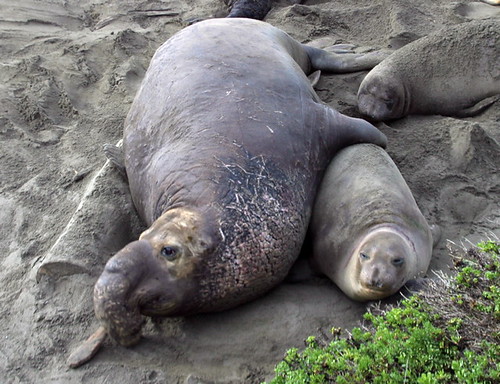
Earlier in the week, my co-instructor, Jimm Cushing, and I were lecturing on Plato’s Symposium during our class, “Love in the Ancient World.” This passage was in back of my mind:
See you not how all animals, birds, as well as beasts, in their desire of procreation, are in agony when they take the infection of love, which begins with the desire of union; whereto is added the care of offspring, on whose behalf the weakest are ready to battle against the strongest even to the uttermost, and to die for them, and will let themselves be tormented with hunger or suffer anything in order to maintain their young. ¦ why should animals have these passionate feelings? ¦ the mortal nature is seeking as far as is possible to be everlasting and immortal: and this is only to be attained by generation, because generation always leaves behind a new existence in the place of the old. …according to that law of succession by which all mortal things are preserved, not absolutely the same, but by substitution, the old worn-out mortality leaving another new and similar existence behind–unlike the divine, which is always the same and not another.
Watching the couplings of these animals affected me strongly. I saw in it a tenderness, grace, and immediacy that I had never witnessed outside of my own experience. A bond of intimacy had formed between me and the elephant seals, driven alike by the force that “through the green flower drives the fuse”–the power of Eros.

